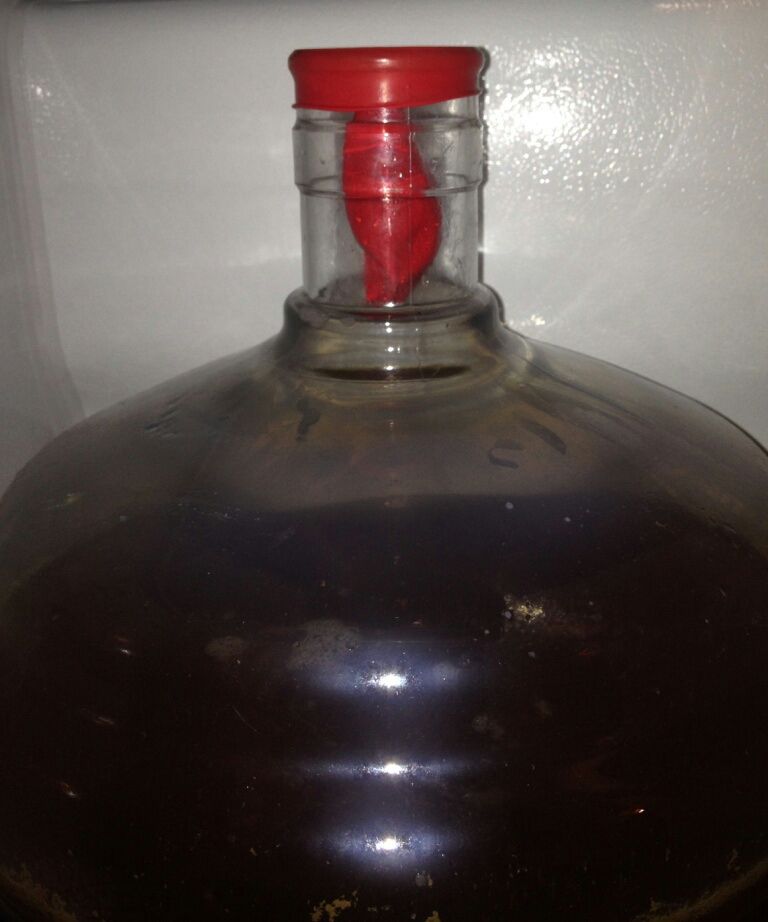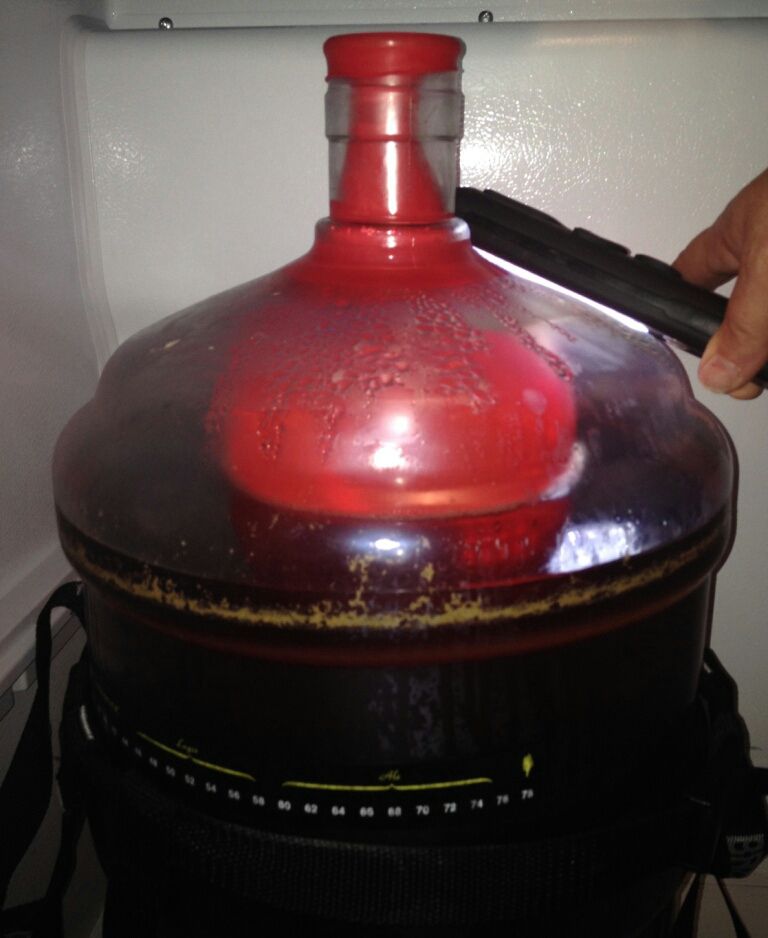I was researching how to prevent suck back during cold crashing. I was really looking to find out how to hook up a co2 ballon. Does it go on the airlock? If anyone has any input on that, I'm still all ears because I still haven't found that.
Anyway, in my research I stumbled a post on another forum with someone that inverts the ballon per the pictures below. Seems pretty ingenious, but I'd be concerned with off flavors from the ballon. Although I use a 7 gal Fermonster so the ballon may not get to the beer anyway. Obviously the balloon would need to be cleaned and sanitized. Thoughts?
Before cold crashing

After cold crashing

Anyway, in my research I stumbled a post on another forum with someone that inverts the ballon per the pictures below. Seems pretty ingenious, but I'd be concerned with off flavors from the ballon. Although I use a 7 gal Fermonster so the ballon may not get to the beer anyway. Obviously the balloon would need to be cleaned and sanitized. Thoughts?
Before cold crashing

After cold crashing






